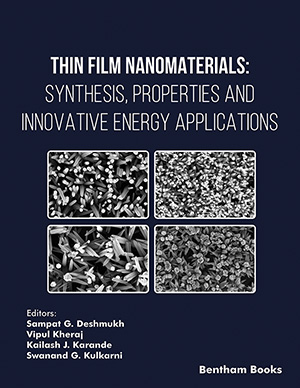
Abstract
Background: CNS disorders have reached a concerning number globally. While a lot of research is being encouraged, there are not many drugs in the market to combat the severity of Alzheimer’s or Parkinson’s diseases. Most of the drugs used for the management of these diseases have poor solubility, low hydrophilcity and cannot reach the target owing to the Blood-Brain-Barrier (BBB). Due to these problems, science involving nanotechnology is now being used to formulate drug delivery systems to permeate through the barrier and deliver the drug at the target.
Methods: This mini review analyses the work of various scientists and research groups in this field and discusses the significance of nanoparticles for drug delivery across the BBB. Formulations that have demonstrated high potential for penetration through the bloodbrain- barrier include Solid Lipid Nanoparticles (SLNs), Polymeric Nanoparticles (PNs), Liposomes and Dendrimers. Along with these formulations, quantum dots have also demonstrated their ability to be used as a diagnostic platform. Results: The management of these conditions at a global level requires efforts from multiple research disciplines along with a diagnostic platform, formulation development and drug delivery techniques. ‘Theranostics’ as an approach for the diagnosis and treatment of the condition and the use of appropriate in vitro/in vivo models have also been discussed to highlight on the importance of multi-disciplinary approach for better understanding of the subject. Conclusion: This mini review discusses the future of some of the most potent nano-sized formulations for the treatment of Alzheimer’s disease. It also reviews the theranostic platforms that can be potentially incorporated in the health care system for the diagnosis and treatment of the condition. The significance of an appropriate animal/3D model for a better understanding of the condition has also been discussed. In a nut shell, this mini review focuses on the nano-particulate systems and the future of nano-medicines for delivering drugs through the barrier for Alzheimer’s Disease (AD).Keywords: Blood-brain-barrier (BBB), Alzheimer's disease (AD), solid lipid nanoparticles (SLNs), polymeric nanoparticles (PNs), dendrimers, liposomes theranostics.




























